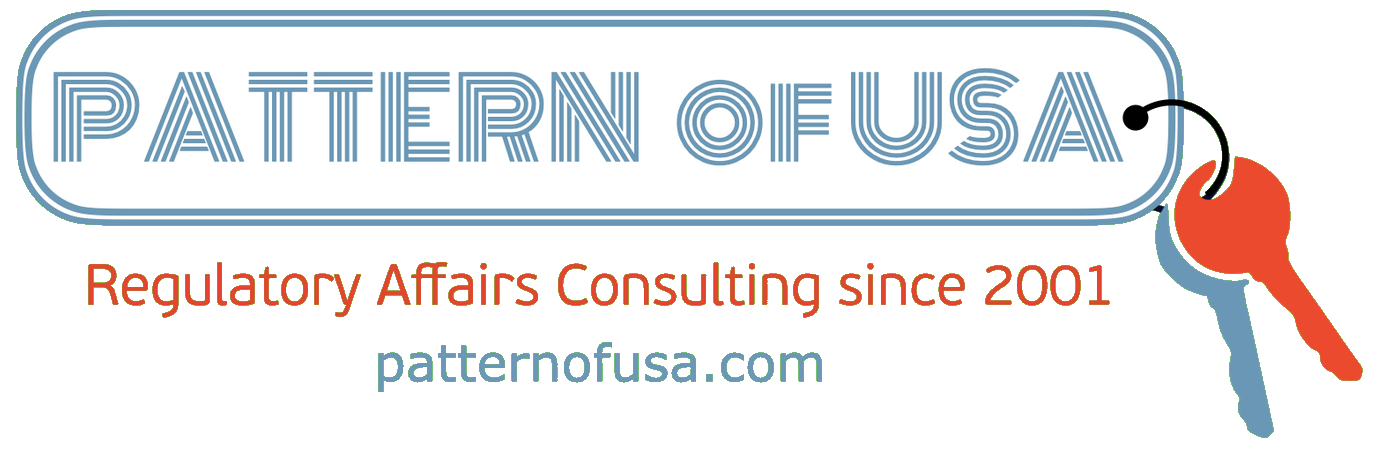How Intra-Cellular Defied Expectations and Caught Wall Street Off Guard by Changing Its Approach
For pharmaceutical companies, determining the potential profitability of a product can be a precarious challenge. When estimations are significantly inaccurate, it may lead investors to doubt a company’s understanding of its operations or the market, particularly if the prediction is overly optimistic.
Last month, analysts on Wall Street were taken aback when Intra-Cellular Therapies, which has generally avoided making ambitious predictions, announced that its brain-rebalancing medication, Caplyta, could generate billion in annual revenue within the next ten years. This year, the New Jersey-based firm anticipates net sales from Caplyta to be between 5 million and 5 million.
“We were repeatedly asked,” remarked Sharon Mates, the founder and CEO of Intra-Cellular. “So, we decided to share our vision and here it is.”
Following this announcement, Intra-Cellular’s stock appreciated by 13%, adding to a consistent rise that has seen shares increase from under five years ago to over now.
Scientifically identified as lumateperone, Caplyta currently treats schizophrenia and bipolar depression and could potentially be approved for major depressive disorder as soon as next year. Intra-Cellular acquired the drug from Bristol Myers Squibb in 2005, during a period when large pharmaceutical companies began to shy away from neuroscience and psychiatry. At present, the company has around 530 sales representatives and plans further expansion in anticipation of entering the major depression market.
Mates discussed with BioPharma Dive how her company navigated the challenges of a notoriously demanding research landscape and their strategy for achieving that ambitious sales target.
The following dialogue has been edited and condensed for clarity.
BIOPHARMA DIVE: Can you explain how you first recognized lumateperone as a viable treatment and established a company around it?
SHARON MATES: I met Paul Greengard, who had just won the Nobel Prize, and he wanted to create a company that focused on downstream processes rather than just on cell surface receptors. We hired chemists and biologists, some of whom had connections at Bristol. They had halted their neuroscience research. Previously, the strategy was to increase the dosage until movement issues arose, then adjust down. We demonstrated, through intracellular signaling, that a different approach was necessary. That sparked the development process.
Initially, we believed lumateperone’s first application would be for schizophrenia, but our research showed we could also effectively treat depression in those patients. This led us to explore mood disorders, including bipolar disorder and major depressive disorder.
We secured our first approval in December 2019, preparing to launch in 2020. We had planned a large in-person sales meeting, but due to the COVID-19 situation, we pivoted to a virtual launch, becoming potentially one of the first in the pharma industry to do so.
Within two years, we obtained our first label expansion for bipolar depression, increasing our outreach from 43,000 healthcare providers to over 70,000 as we anticipate further growth with major depressive disorder approval next year.
Intra-Cellular was founded during a time when large pharmaceutical entities were reducing their focus on psychiatry. Was it difficult to attract investors?
Initially, it was challenging, but I believed that was the ideal moment to enter the field if you had confidence in the potential. We knew there was a requirement for innovative treatments. Fortunately, we completed multiple financing rounds and went public in 2014, now relying on our revenue stream.
Would it be tougher for a new psychiatry-focused company to replicate Intra-Cellular’s success today?
No, it’s simply a different landscape. Aside from lumateperone, all our other drug candidates were discovered in-house.
Today, many companies introduce compounds developed by others, which have progressed significantly beyond the initial research phase. When we started, it was considerably earlier in the process.
Was the order of testing your drug based on strategic reasoning, particularly why bipolar depression was prioritized over major depressive disorder?
The order of drug testing is indeed strategic. Historically, many drugs for mood disorders initially targeted schizophrenia to gauge dosing. One notable failure was that of Memory Pharmaceuticals, which bypassed schizophrenia and attempted to enter bipolar disorder, resulting in their downfall.
Given its patient population size, schizophrenia serves as an entry point, with bipolar and major depressive disorder representing larger market opportunities. There’s a significant unmet medical need across these conditions.
Some analysts argue that launching drugs in specialty neurology is less challenging due to high demand and openness from prescribers. Do you concur?
While psychiatry is a receptive specialty, psychiatrists generally spend more time with patients compared to primary care physicians. There’s a range of prescriber attitudes towards new treatments, from early adopters to those who prefer to wait.
Initially, we faced inquiries about our ability to compete against larger pharmaceutical companies, to which we replied that we believe in the merits of our product based on its efficacy and safety profile.
Recently, Intra-Cellular’s statement regarding Caplyta’s potential as a billion drug raised skepticism. Why make such a bold projection?
We believe Caplyta has the potential to reach billion in sales over the next decade, possibly achieving greater revenues over time.
The timing stems from our ongoing commitment to transparency with our investors about market opportunities and revenue projections. We now feel confident in our estimates.
With larger pharmaceutical companies returning to neuroscience, has there been an uptick in interest for partnerships? Is big pharma pursuing you?
From the start, we have been open to discussing partnerships. Our team’s focus is on building our company while considering potential offers that align with our shareholders’ interests. Great companies aren’t typically sold; they’re built. Therefore, we will always entertain offers while prioritizing our growth.

